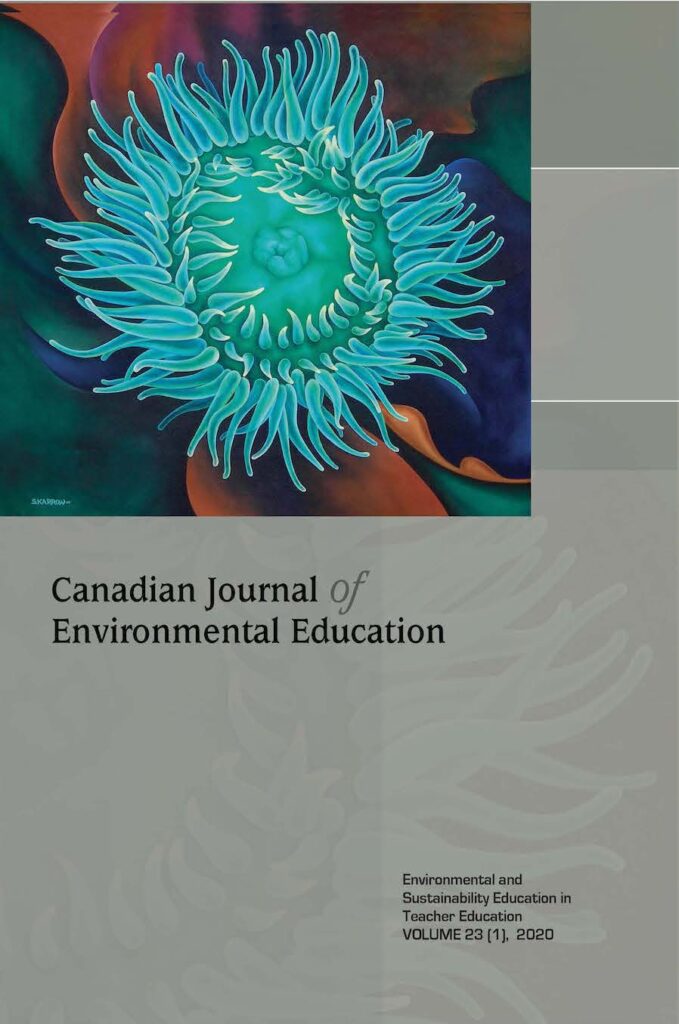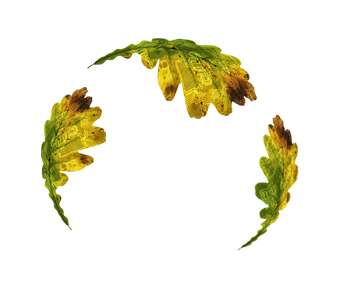
The CJEE realizes the impact teacher educators have on future generations
– Editorial by Karrow, Inwood & Sims, p. 6
of teachers and their students, and as such the editors felt it was time to dedicate a volume to the topic.
It’s finally here! The latest issue of the Canadian Journal of Environmental Education (CJEE) recently published online is a special edition taking a closer look at Environmental and Sustainability Education (ESE) in Teacher Education (TE) in Canada. This brand new issue is guest edited by Doug Karrow (Brock University), Hilary Inwood (OISE/University of Toronto) and Laura Sims (Université de St. Boniface) and takes a look at what’s happening in Canadian Teacher Education from coast to coast. The seven articles comprising this edition represent a variety of topics, contexts, problems, methodological approaches and more.
This publication marks the very first time in the CJEE’s 23 year history that a volume has been devoted to exclusively to Teacher Education. Inspired by the last Research Symposium held by the ESE-TE National Network, this special issue is a testament to the ESE-TE Network’s strong belief in the importance of having a “vibrant and thriving ESE-TE research community” to drive the field forward.
This CJEE Special Edition in Environmental and Sustainability Education in Teacher Education is now available to read for free online at https://cjee.lakeheadu.ca/issue/view/89
Let us know your thoughts on this issue or what else you’d like to learn about in ESE in TE by commenting below or on Instagram (link below)!

